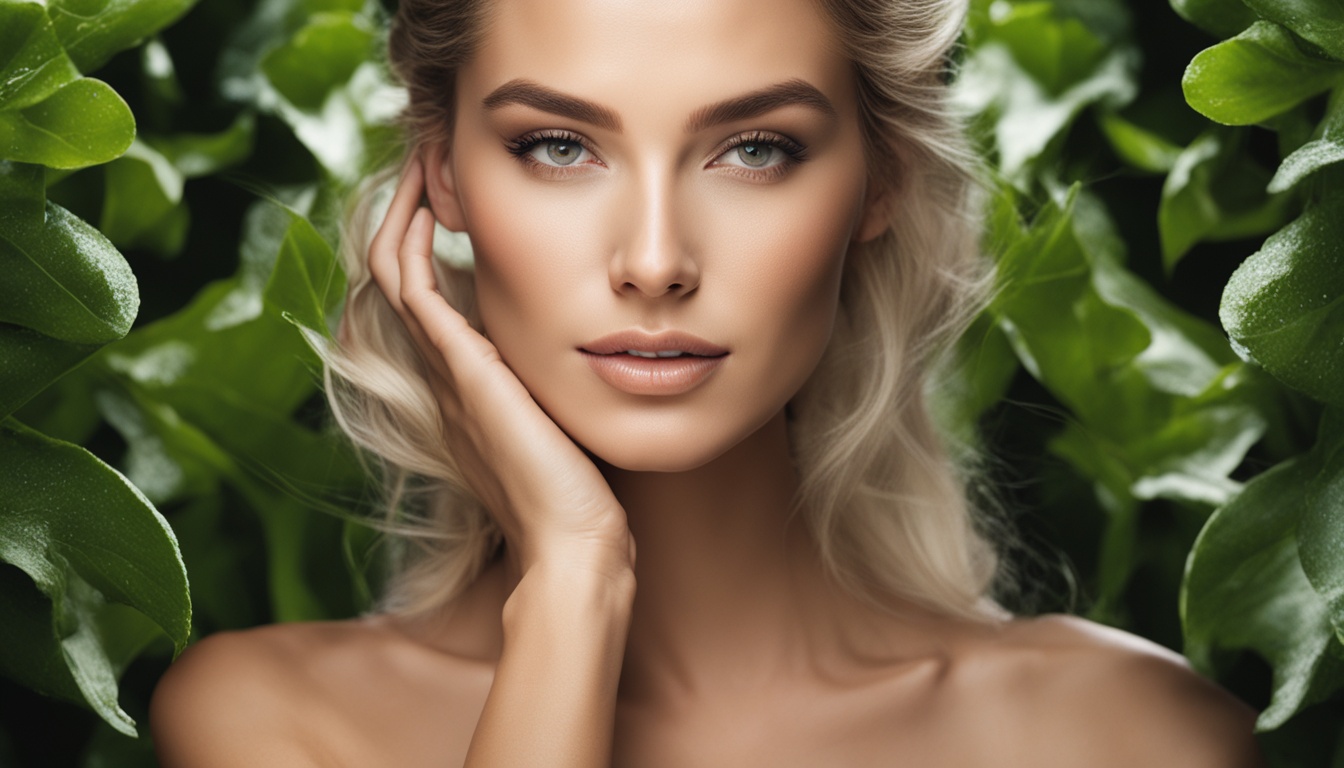When recycling beauty empties, you’ll find that glass jars and bottles, as well as metal lids and caps, are most likely to be reused if properly cleaned and separated. Plastic containers made from PET or HDPE can also be recycled in many areas, but complex packaging or containers with residual product often get discarded. Not all packaging gets reused due to material limitations and local recycling rules, so understanding what’s accepted can help you recycle more effectively. Keep exploring to discover how you can make the most of your empties.
Key Takeaways
- Glass jars and bottles are commonly recycled into new containers or art supplies, making them more likely to be reused.
- Plastic containers made from PET or HDPE are recyclable if they’re clean and residue-free; mixed materials often hinder recycling.
- Metal lids and caps are recyclable after cleaning and removal of non-metal parts, but complex packaging like mascara tubes are difficult to process.
- Residual product inside containers can contaminate recycling batches, so cleaning empties improves their reuse potential.
- Recycling acceptance varies by local guidelines; understanding these helps ensure which beauty empties are properly reused.

Recycling beauty empties is a simple yet impactful way to reduce waste and support sustainability. When you finish a product, it’s tempting to toss the container in the recycling bin without a second thought. But in reality, not everything you discard can be easily recycled, and understanding which items get reused and which don’t is key to making a difference. One of the biggest hurdles in this process is the issue of recycling challenges that many packaging materials present. Many beauty containers are made from mixed materials—plastic combined with metal or glass—making them difficult to recycle through standard programs. For example, a sleek, plastic pump bottle might look recyclable, but if it contains residual product or is made from multi-layered materials, it might end up in landfill instead.
Sustainable packaging aims to minimize environmental impact, but it often introduces complex designs that aren’t always compatible with existing recycling systems. Some companies now use recyclable plastics or biodegradable materials, yet these aren’t universally accepted by recycling facilities. So, even if a product claims to be eco-friendly, you need to check local guidelines to see if it qualifies. Separating components is another challenge; often, your empty container might have a pump, cap, or label that isn’t recyclable or needs to be removed before recycling. Neglecting these steps can contaminate a batch of recyclables, causing processing issues and reducing the likelihood that your empties will be properly reused.
Understanding what gets reused starts with knowing which materials are accepted locally. Glass jars and bottles, for instance, are more reliably recycled and often turn into new containers or even art supplies. Metal lids and caps usually get recycled too, provided you clean them and remove any plastic parts or labels. Plastic containers can be recycled if they’re made from common types like PET or HDPE, but only if they’re free of residue and properly sorted. On the other hand, products like mascara tubes or lipstick cases may be tricky because they often contain mixed materials that aren’t compatible with standard recycling streams. Additionally, recycling challenges related to complex packaging designs can hinder proper processing and reuse.
In essence, the journey of an empty beauty container from discard to reuse hinges on the material’s recyclability and your diligence in preparing it for collection. While recycling challenges exist, staying informed about local guidelines and choosing products with sustainable packaging can considerably reduce waste. Your effort to understand what gets reused turns your empties into a meaningful step toward sustainability, rather than just another item ending up in the landfill.
Frequently Asked Questions
Are All Beauty Product Containers Recyclable Regardless of Material?
Not all beauty product containers are recyclable, even if they’re made of plastic or metal. You should check if the container, like those with metal lids or plastic pumps, is marked as recyclable. Many plastic pumps and metal lids can be recycled, but some may need to be separated or cleaned first. Always verify local recycling guidelines to guarantee proper disposal, as not everything made of those materials gets reused.
How Can Consumers Identify Truly Recyclable Beauty Packaging?
Your quest to find truly recyclable beauty packaging can feel like searching for a needle in a haystack. Focus on label clarity and material identification—look for symbols like the recycling triangle and resin codes. Clear labels and recognizable materials help you distinguish which containers are eco-friendly. By staying vigilant and educated, you can make a real difference, ensuring your beauty routine aligns with sustainability and reduces waste.
Do Recycling Programs Accept Sealed or Partially Used Beauty Empties?
You might wonder if recycling programs accept sealed or partially used beauty empties. Generally, recycling facility acceptance varies; many accept empty, clean containers, but sealed or used ones often aren’t accepted because they can contaminate recycling streams. It’s best to verify your local program’s rules, as some may require thorough cleaning or specific disposal methods. Always follow guidelines to ensure your empties are properly recycled or disposed of.
What Are Common Contaminants That Prevent Recycling of Beauty Empties?
You should be aware that common contaminants like plastic contamination and mixed material packaging often prevent recycling of beauty empties. When products aren’t properly cleaned, residuals or plastic contamination can ruin entire batches. Mixed material packaging, combining different materials like plastic and aluminum, complicates recycling efforts. To improve chances of reuse, always rinse containers thoroughly and separate different materials before recycling. This helps guarantee your empties are properly processed.
Are There Eco-Friendly Alternatives to Traditional Packaging for Beauty Products?
You’re probably wondering about eco-friendly packaging options for beauty products. Refillable containers are a great choice because they reduce waste and can be reused many times. Biodegradable packaging is another excellent alternative, breaking down naturally without harming the environment. By choosing these options, you actively cut down on single-use plastics and support sustainability, making your beauty routine more eco-conscious and beneficial for the planet.
Conclusion
So, next time you finish a beauty product, remember to check if it’s recyclable—don’t be like a knight ignoring the dragon. While many containers can be reused or recycled, some still end up in the trash. It’s a small step, but combined, it makes a big difference—kind of like the first time you discovered the wheel. Stay mindful, and keep fighting the good recycling fight—your future self will thank you!










